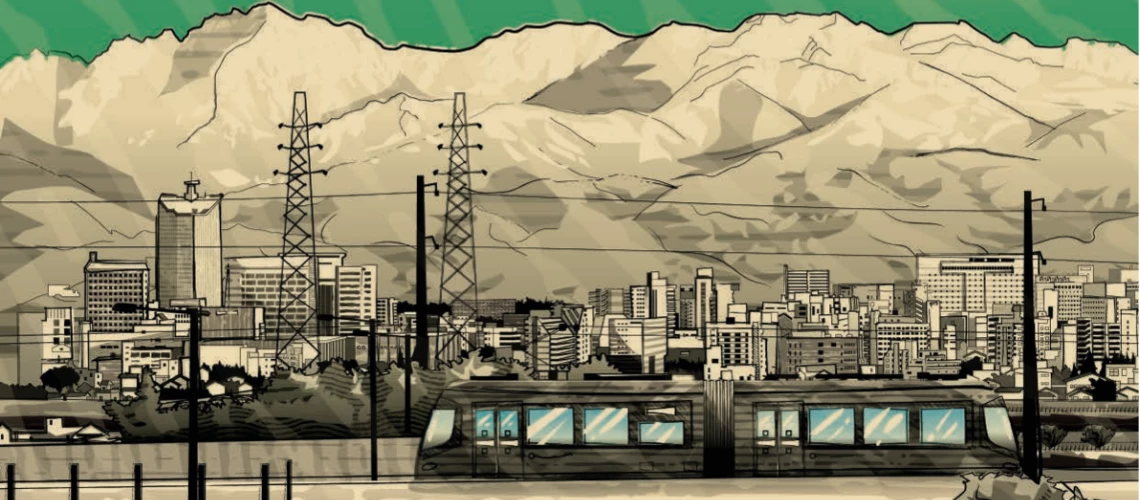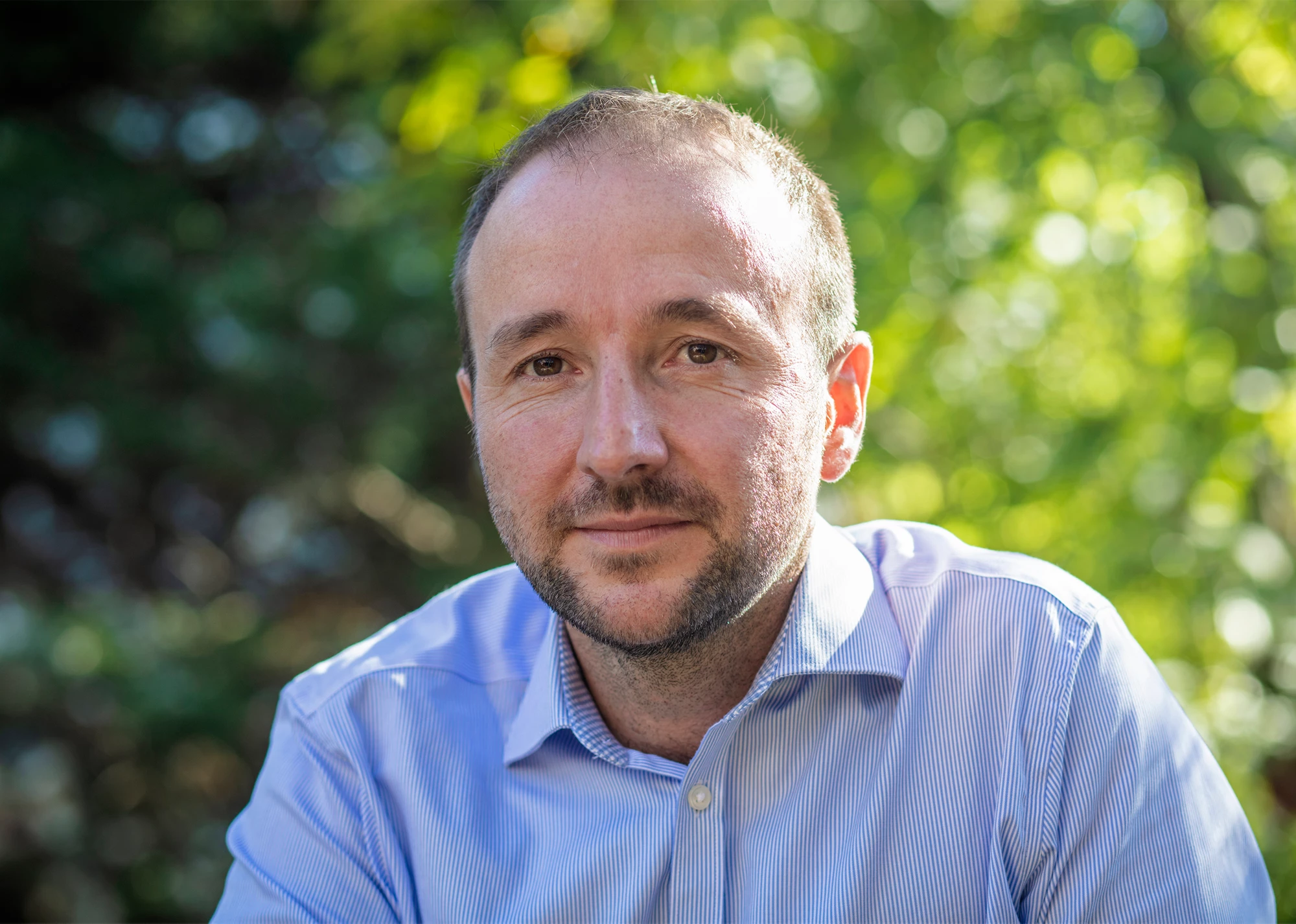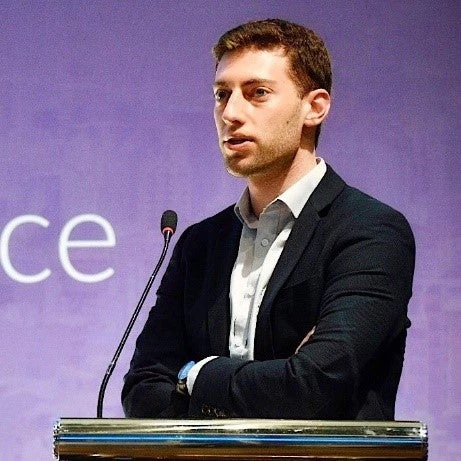 Toyama City in Japan was able to achieve comprehensive urban development against a backdrop of challenging socioeconomic contexts. Photo: Tokyo Development Learning Center (TDLC)
Toyama City in Japan was able to achieve comprehensive urban development against a backdrop of challenging socioeconomic contexts. Photo: Tokyo Development Learning Center (TDLC)
For city government officials in emerging market and developing economies (EMDEs) it is not an easy time to be funding infrastructure development.
Rising interest rates have rapidly pushed up the cost of market finance, while available fiscal space for public funding remains constrained in many EMDEs still recovering from COVID-era deficits. Added to this, inflation is pushing up the basic cost of implementing infrastructure projects, while climate change is further straining project budgets by adding to the costs of resilient infrastructure designs.
How then, in such circumstances, can city governments continue to meet the infrastructure demands of their citizens?
While there are no easy solutions to these challenges, some governments are thinking creatively and exploring new, innovative sources of financing for infrastructure development to help close a financing gap that ranges in the trillions. Urban infrastructure investment needs are projected at $4.5 to $5.4 trillion annually through 2030, with a portion of this (10–25%) related to additional investment costs or incremental costs to ensure infrastructure is low emission and climate resilient.
This topic was a central theme during a recent Technical Deep Dive in Japan, organized by the Tokyo Development Learning Center together with the Quality Infrastructure Investment (QII) Partnership. Government officials from across the globe came together to learn from Japanese and World Bank experience on quality urban infrastructure development, with a focus on finance and public-private partnerships (PPPs).
So, what are some of the key insights that came out of these discussions?
First, not to lose sight of the fundamental prerequisites for urban infrastructure financing: building the creditworthiness of municipal governments and utilities and having solid capital planning processes. These remain at the heart of the difference between municipalities that can access affordable finance for their long-term investment needs, and those that cannot.
Once the basics are in place, space opens up to consider more creative solutions. One such concept is land value capture, a policy approach that enables governments to recover and reinvest land value increases that result from public investments. For example, if an extension of a metro system increases land values in the newly connected areas, and the government can effectively “capture” a portion of that increase through development fees or tax revenues, that revenue can, in turn, be used to help finance the initial investment.
Let’s look to the case of the Northern Line extension in London: financed via a loan raised by the city of London of around $1.5 billion, backed via a mix of tax increment financing (i.e., ringfenced future tax revenue linked to the project) and revenues from business rates, in particular a large contribution from an anchor developer of the site of the Battersea Power Station, which was to be converted to residential and commercial use as part of the project. This effectively meant a major infrastructure project was fully financed by the city based on the anticipated returns—without any recourse to taxpayer funding.
While the conditions underlying the London project may not be easy to replicate in developing countries, the basic concept of land value capture does arguably have a role to play in any urban context involving the redevelopment of high value land.
This was the case for the Mzimbazi Basin Development Project, under development by the government of Tanzania in collaboration with the World Bank. Under the project, the Mzimbazi Basin—a large, low-lying green area of over 60 hectares near the center of Dar es Salaam—will be redeveloped through a mix of watershed restoration, affordable housing, and creating a new city park that will also serve as a natural flood mitigation solution. The intention is this will be funded, in part, via commercial residential development on a part of the project site. You can watch a video about the project here.
Another innovative financing approach discussed in Japan relates to asset recycling. In short, asset recycling entails the monetizing of existing infrastructure assets to unlock capital and then reinvesting the proceeds raised in new infrastructure assets. This offers many potential attractions, including providing a way to finance new infrastructure without increasing debt or taxes while introducing potential private sector efficiencies in infrastructure management. On the flip side, it does require a sizable portfolio of assets that will be of value to the private sector, as well as public support for private participation, thus it is not a solution in every context.
The World Bank recently developed Guidelines for Implementing Asset Recycling Transactions with support from the Public-Private Infrastructure Advisory Facility (PPIAF). This approach has been used in Australia where $23 billion was generated for new infrastructure investment following an asset recycling program that began implementation in 2014. More recently, India followed suit and developed a substantial pipeline of potential projects for asset recycling aggregating over $72 billion, although the program remains at an early stage.
Finally, PPPs remain, in the right circumstances, one of the more traditional mechanisms for governments to mobilize financing for infrastructure development. In Japan we looked at a wide range of case studies and examples on this topic, including the Kewai Water Treatment Plant near Tokyo and a range of PPPs in the City of Toyama, which hosted the delegation for two days.
Want to hear more on this topic and the steps cities should take to plan, prioritize and then finance their urban infrastructure investments? Then, please check out this video we made in Toyama, Japan.
Related:
Addressing Constraints to Private Financing of Urban (Climate) Infrastructure in Developing Countries (Publication)
Japan and the World Bank: Advancing universal design in urban planning
Why countries should implement asset recycling, and where to get good guidance
Asset recycling in EMDE infrastructure development can be a win-win-win
How can we help Latin American cities finance urban development?
Municipal infrastructure needs more investment: harnessing private capital (responsibly!) will help



Join the Conversation